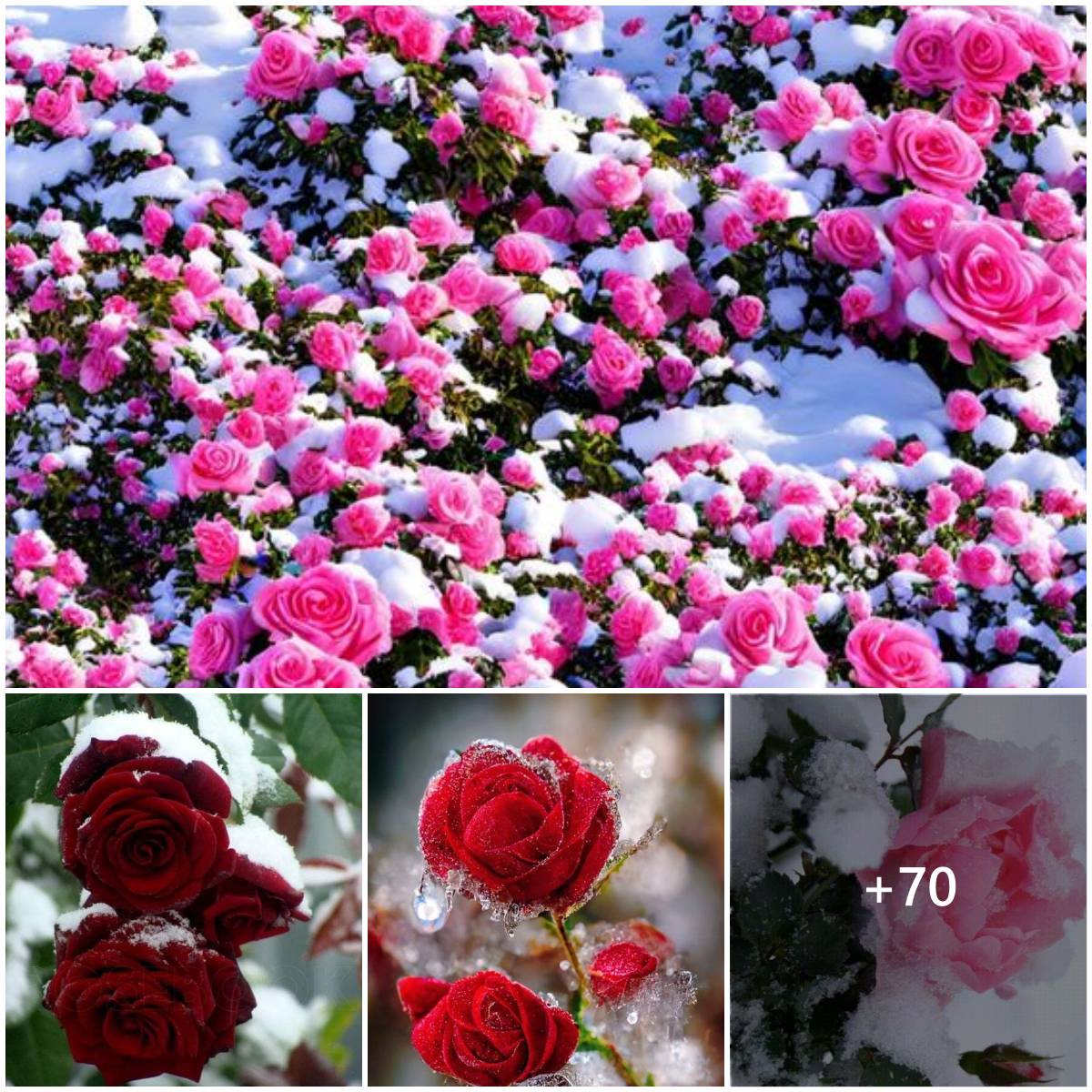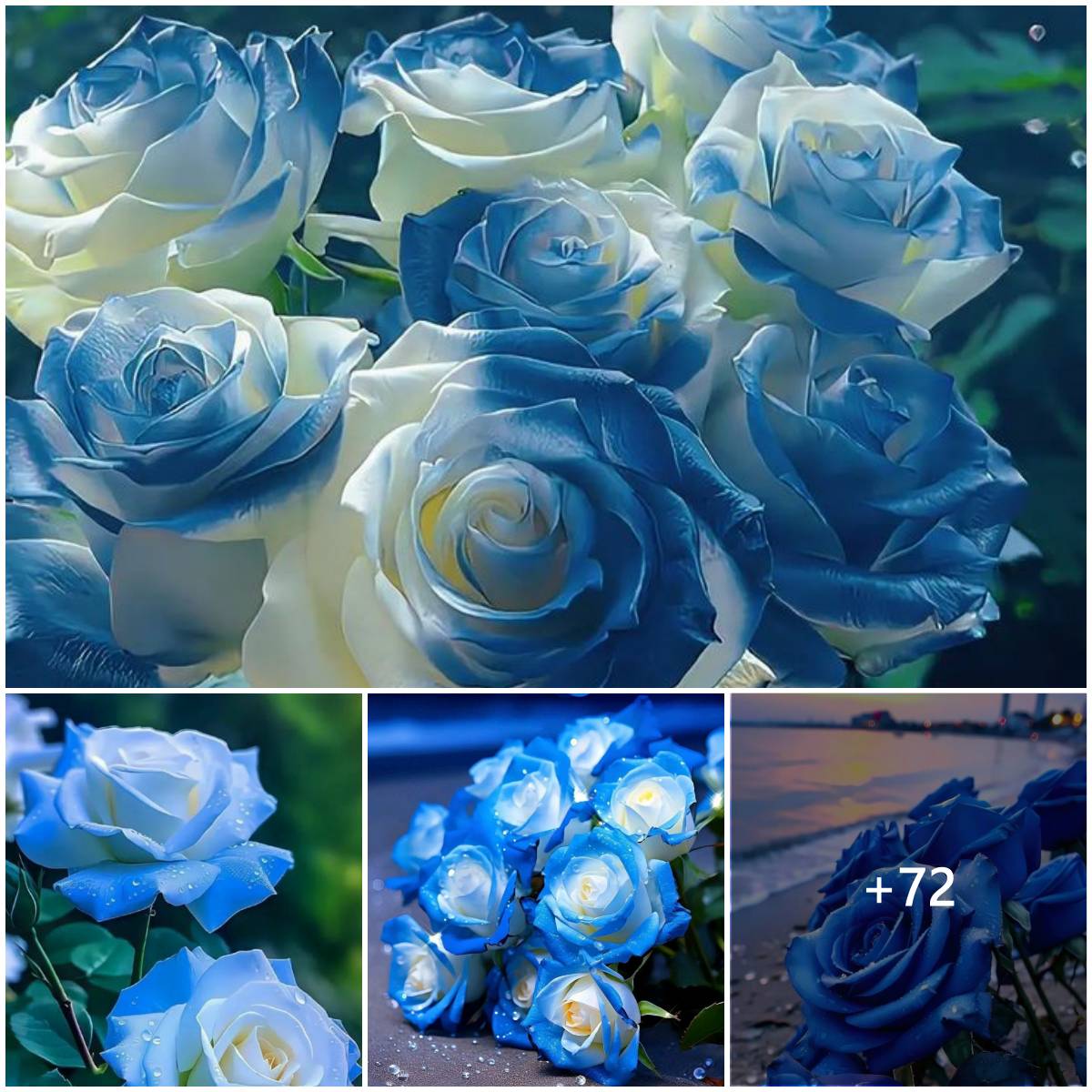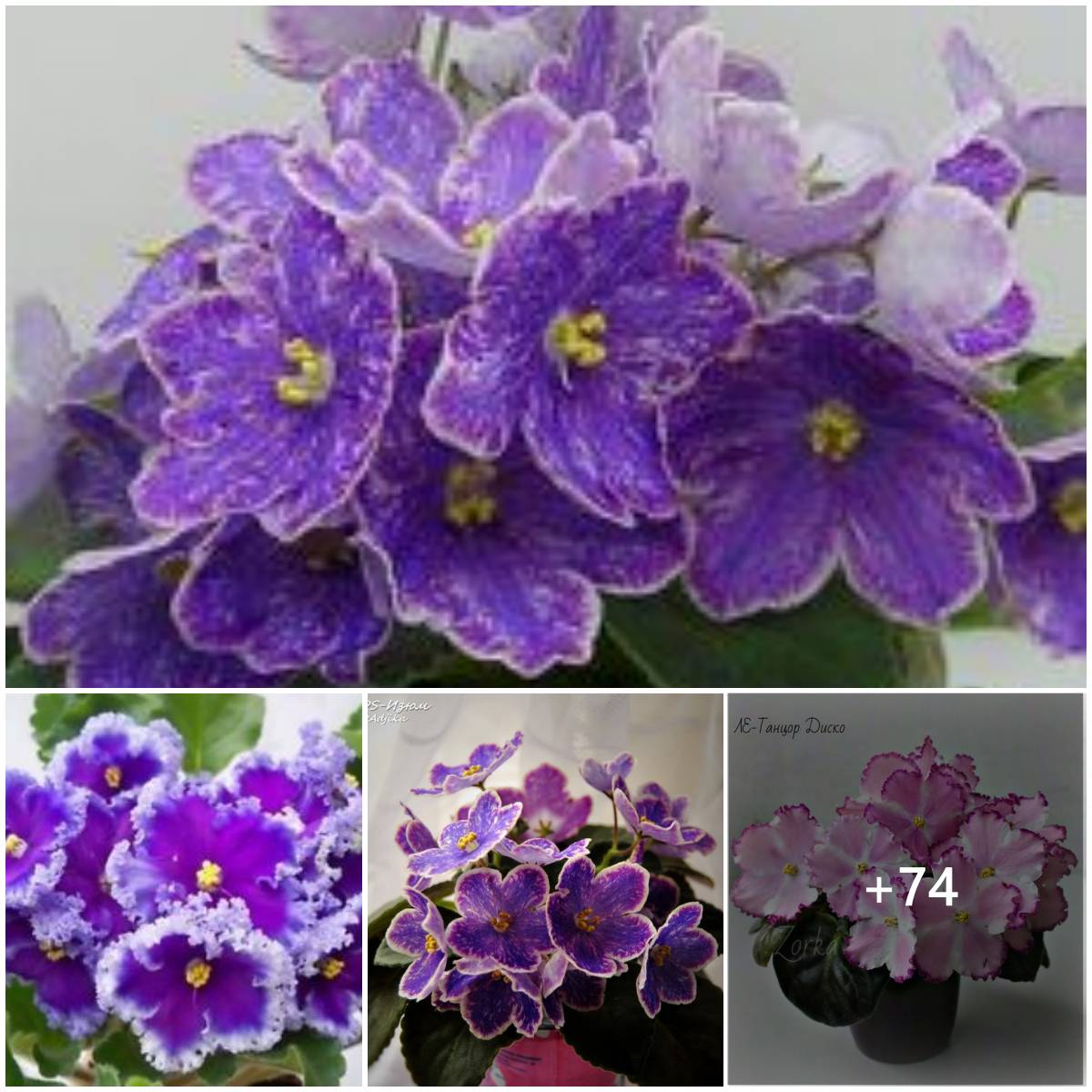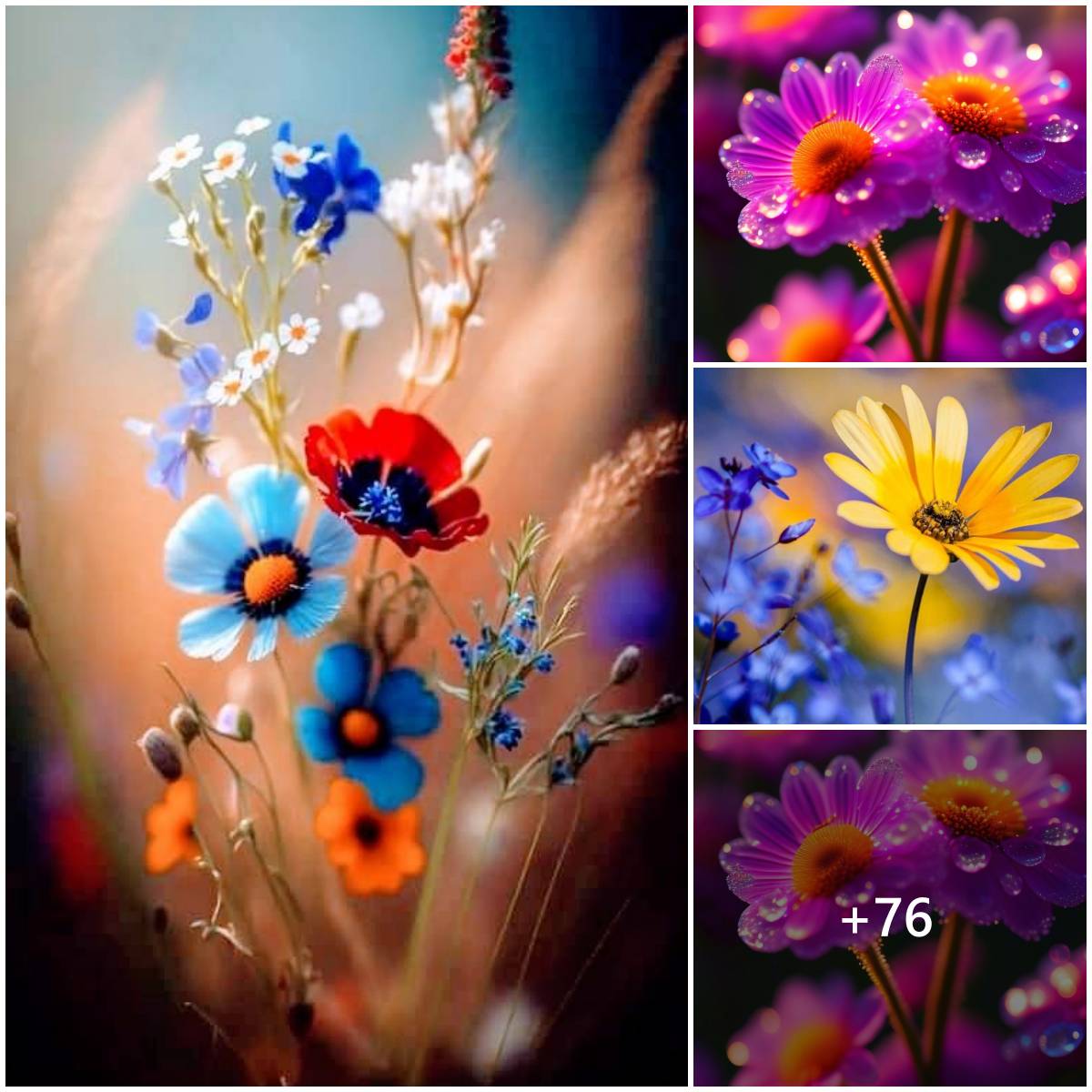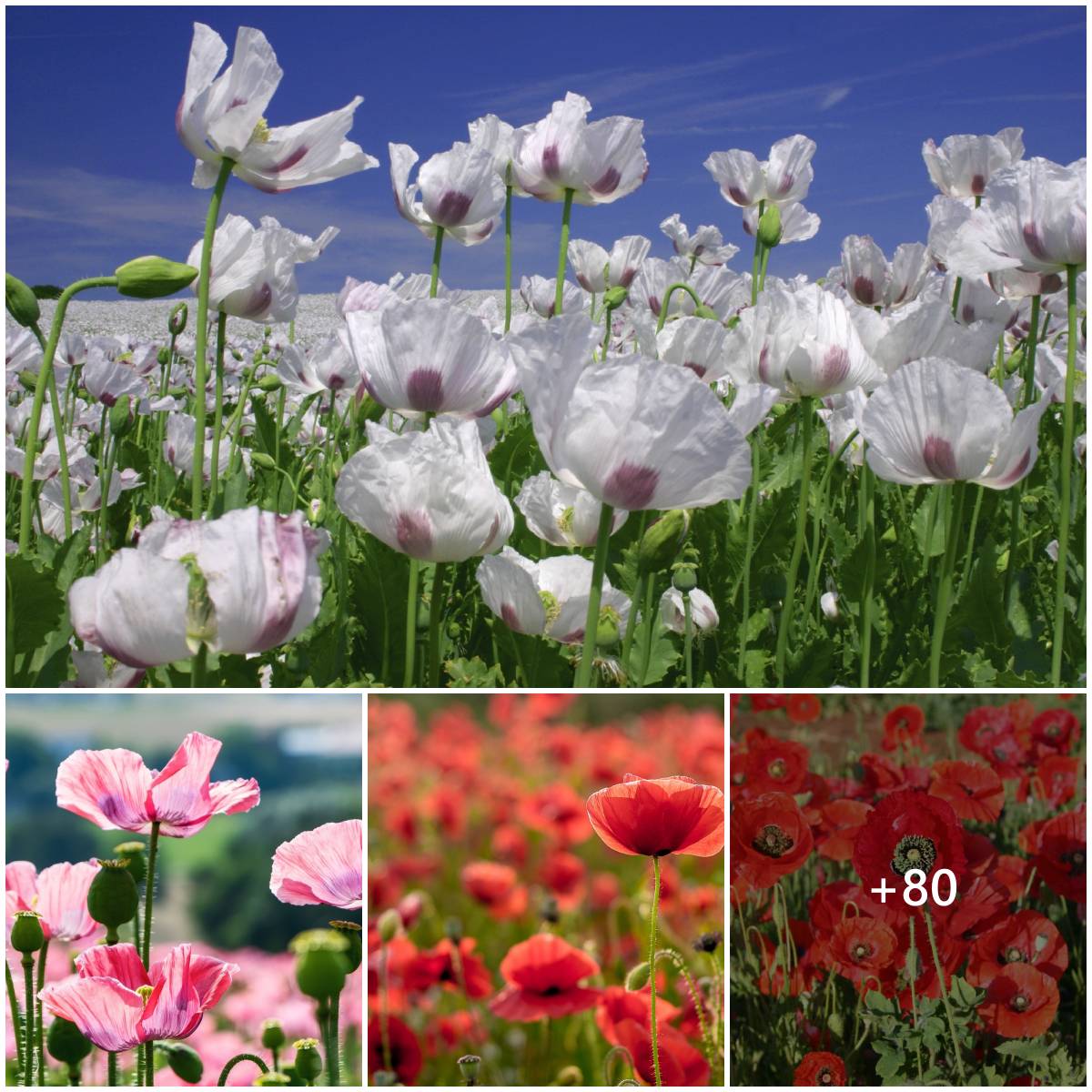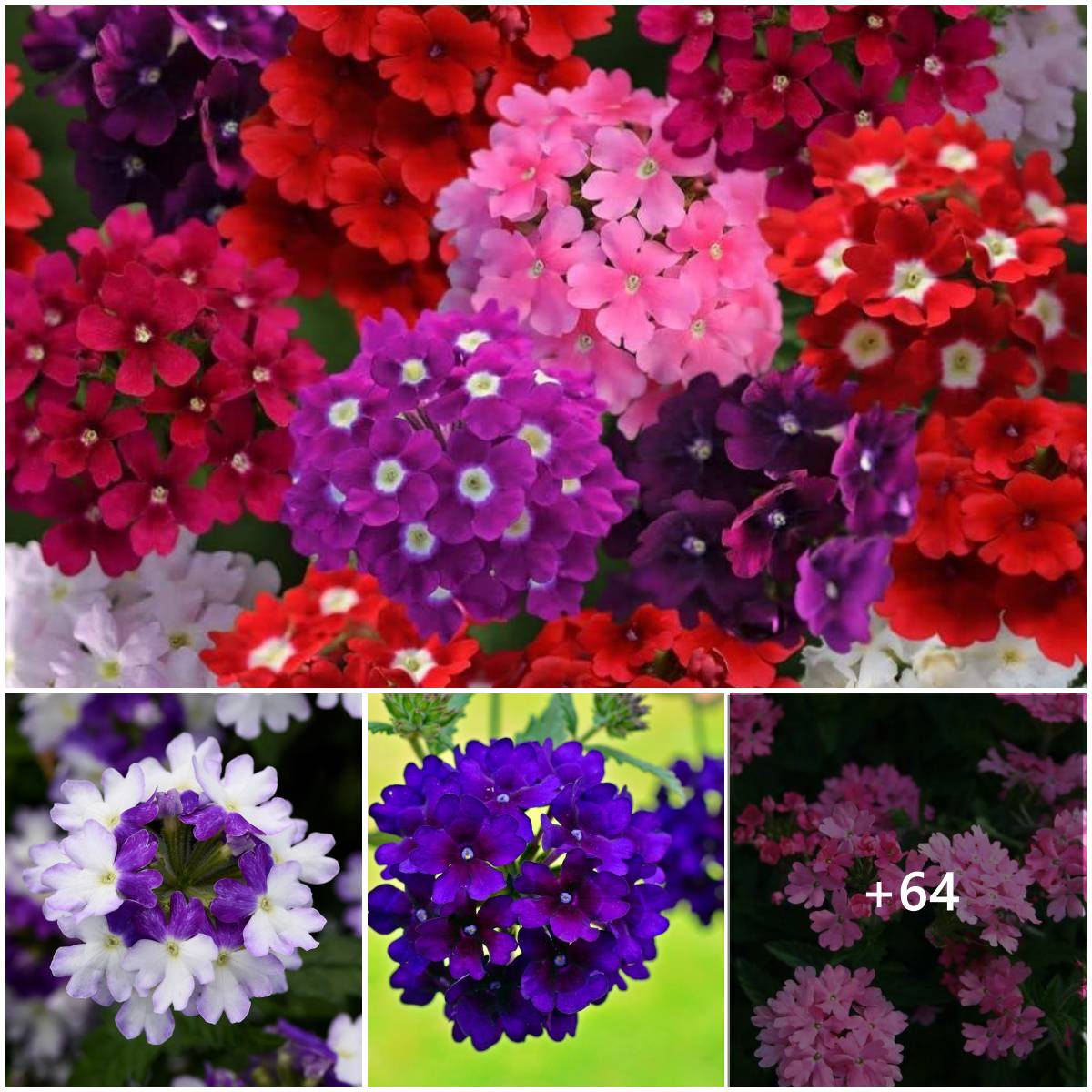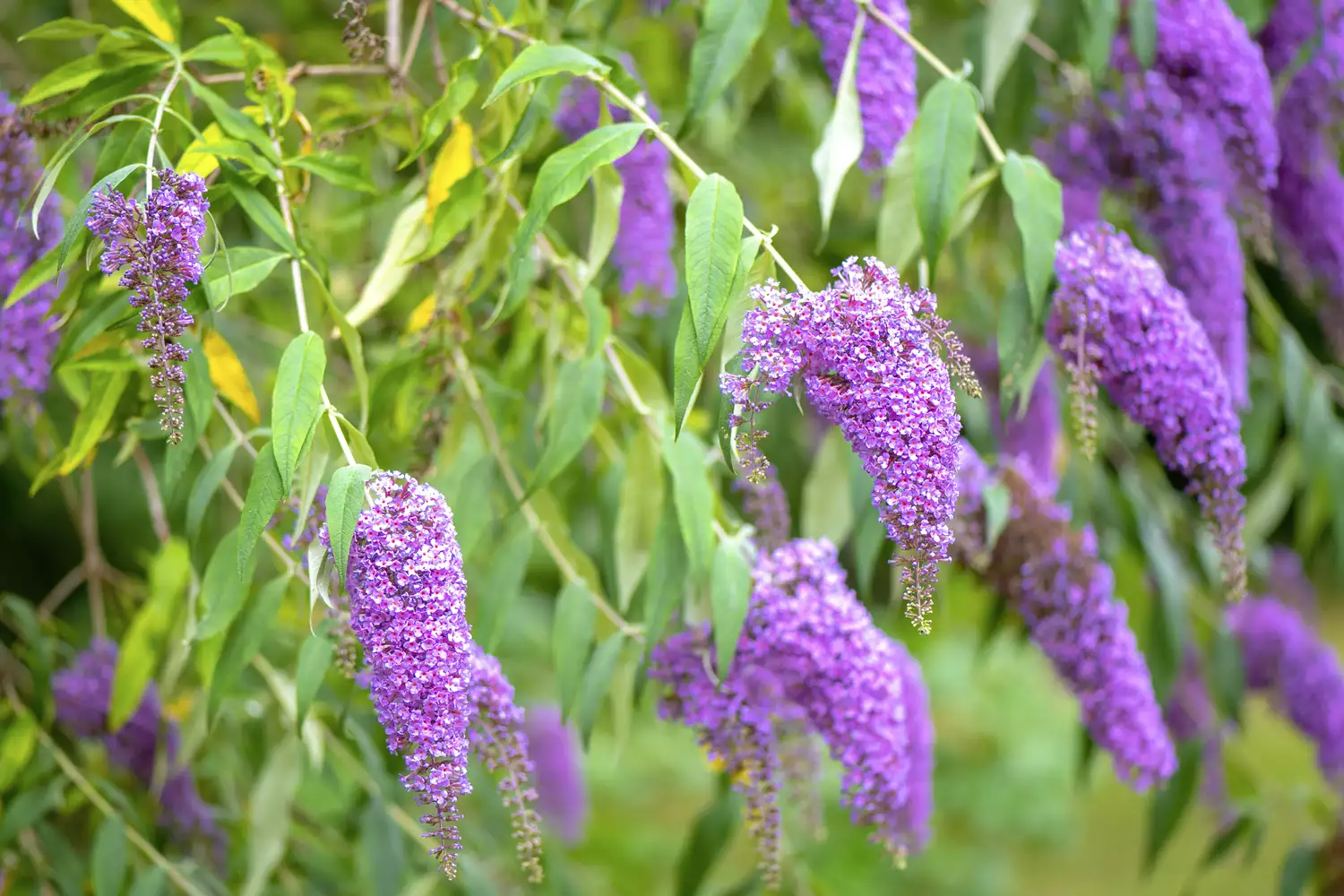
You want to attract butterflies to your garden. They’re beautiful, they’re pollinators, and they’re important to the ecosystem. Butterfly bushes seem like an ideal plant to grow to support butterfly populations. Butterflies will flock to this plant when it is in bloom to drink nectar, but these important insects also need the plants that provide habitat. “Butterflies need nectar as adults, and the host plant is the caterpillar,” explains Mary Phillips, Head of Native Plant Habitat Certification/Strategy at the National Wildlife Federation. Butterfly bushes are not larval host plants and do not provide the butterfly habitat necessary for the next butterfly cycle.
Here’s why the butterfly bush isn’t the best plant for butterflies and pollinators, why it’s invasive in many regions, why native plants are the preferred choice, and alternative plants to grow. development.
- Mary Phillips is the Head of Native Plant Habitat Strategy/Certification at the National Wildlife Federation
- Sam Hoadley is Director of Horticultural Research at the Mt. Cuba
- Dr. Adam Baker is a technical consultant at the Davey Institute of Davey Tree Specialists.
Why are butterfly bushes a problem?
Butterflies drink nectar from butterfly bushes. Sam Hoadley said: “Non-native plants such as butterfly bushes may support some generalist pollinators capable of feeding on the nectar or pollen of many plants, but they may not be able to support other life stages of those insects.” , Director of Horticultural Research at the Mt. Cuba.
According to Phillips, “Just because you can see butterflies visiting a butterfly bush to feed on nectar does not mean that the plant provides an actual benefit to the butterfly population.”
Butterfly bush is not a host plant for larvae. When it’s time to reproduce, butterflies will no longer have a place to lay eggs and ensure a new generation. “Overall, butterfly bushes can negatively impact butterfly populations and other wildlife,” Phillips said.
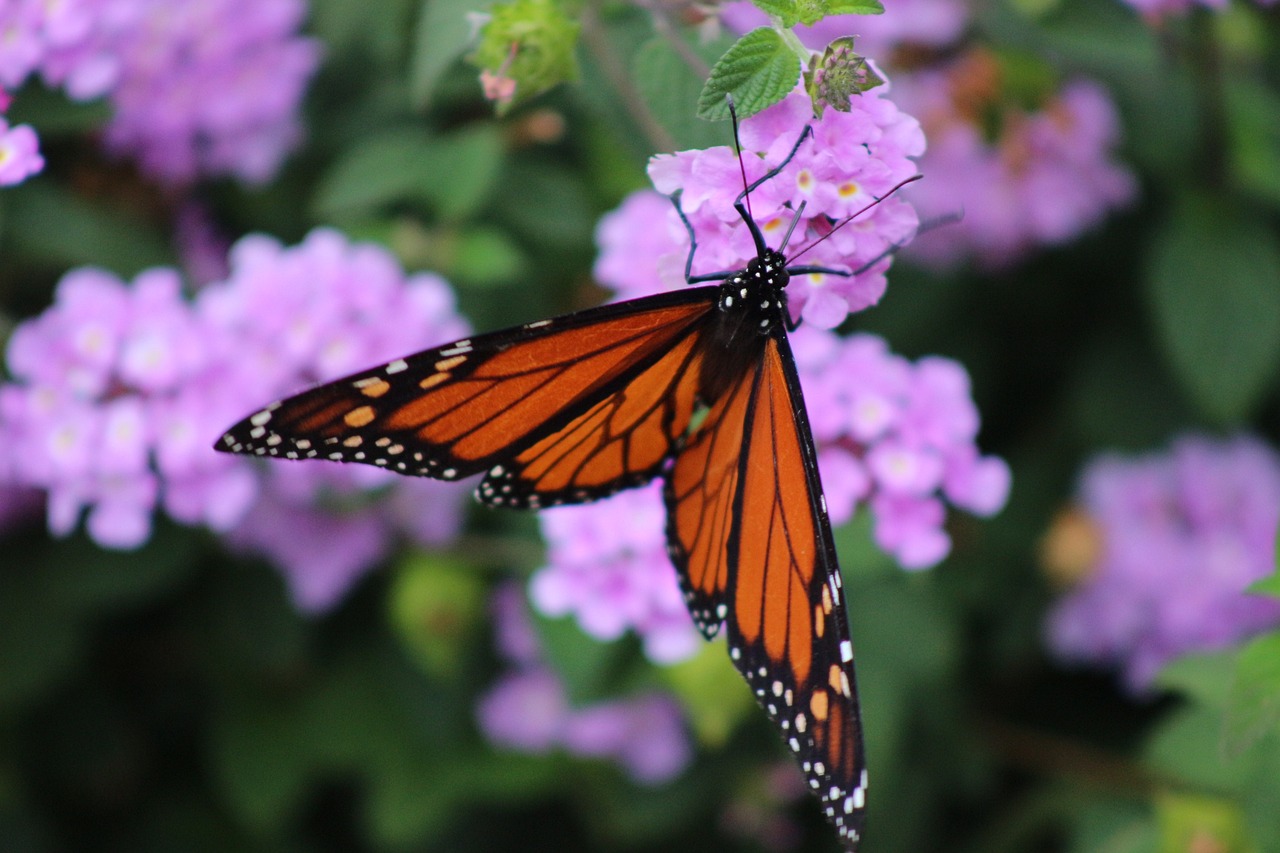
Why are larval host plants important to butterflies?
Larval host plants provide habitat for butterflies and moths to lay eggs and a food source for caterpillars. “Host plants ensure there will be plants for the butterflies to lay their eggs in and food for the larvae when they hatch, supporting the next generation of butterflies,” Phillips explains.
It is important to consider the life cycle of a butterfly and know that what a caterpillar eats to grow and become a butterfly is not the same as what a butterfly eats. “Many caterpillars can only eat the leaves of specific plants, and these plants provide the nutrients they need to grow and develop normally,” she said.
Planting larval host plants is important for butterflies and also contributes to healthy ecosystems by providing a food source for other wildlife. For example, birds eat caterpillars to feed their young, Phillips said. Dr Adam Baker, technical advisor at The Davey, said: “Growing lepidopteran (butterflies and moths) host plants will build an energy base in the habitat, which in turn will have a cascading impact local food web – providing food for higher trophic levels”. Davey Institute of Tree Expert Company. “Additionally, you can enhance habitat functionality by introducing pollinators to promote fertilization and genetic outcrossing of plants in your landscape.”
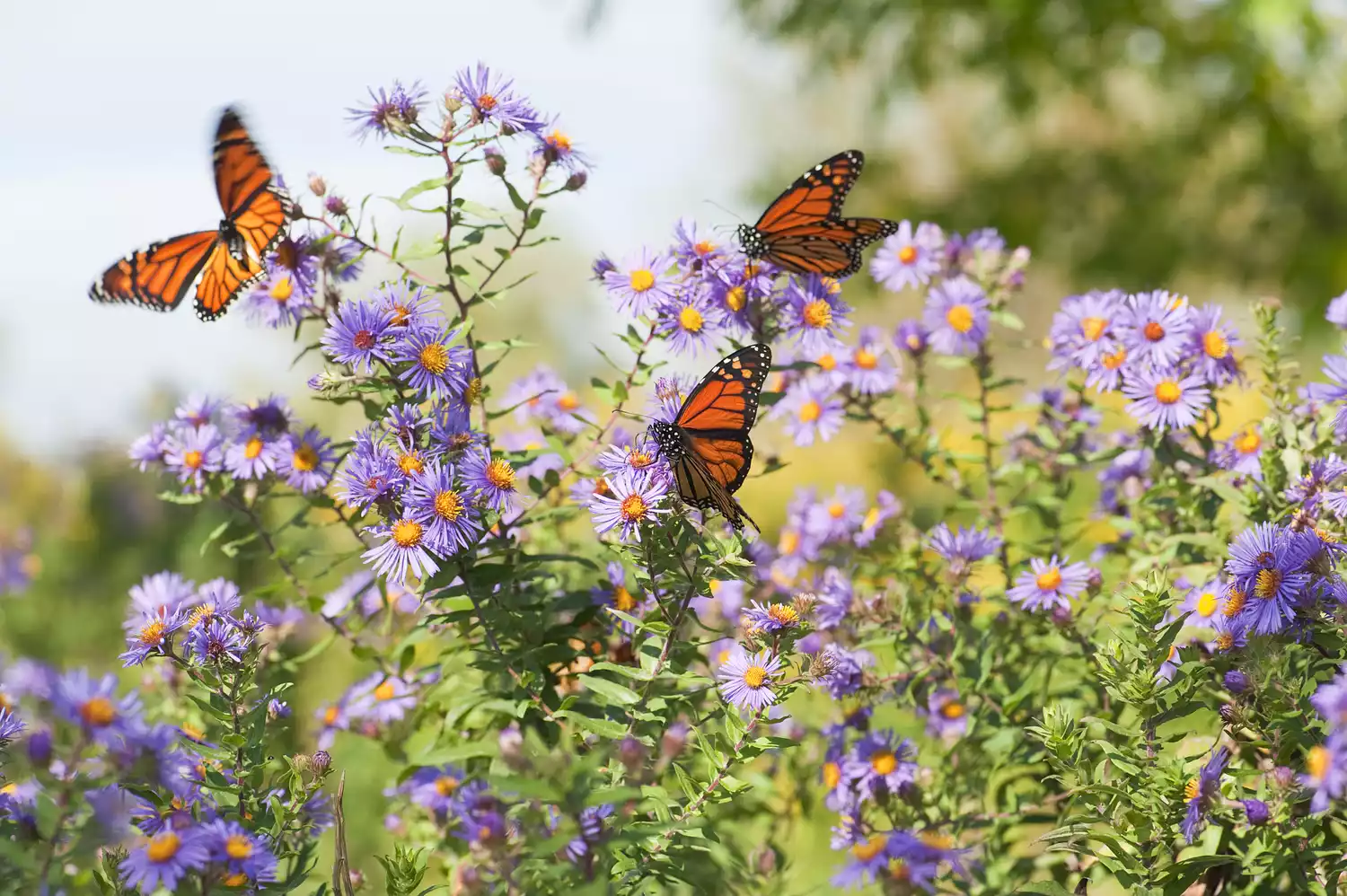
Butterfly Bush is an invasive plant
Another reason to re-evaluate planting butterfly bush in your garden is that it is not a native plant and it is considered an invasive plant in many regions of the United States. The butterfly bush is a plant native to China and many parts of Asia. “Perhaps the most important reason people should reconsider planting a butterfly bush in their home garden is the potential for these plants to escape cultivation and compete with native flora,” Hoadley explains. ”. “While gardening with non-native plants can provide a beautiful and visually rewarding landscape, gardeners have an ethical responsibility to ensure that such plants do not escape the area. their gardens or tend to be invasive.”
When a plant species becomes invasive, it not only competes for the same resources as other plant species but also dominates the area. “They are prolific seed producers and can spread rapidly,” Dr. Baker explains. “This behavior can suppress other plant communities, thereby reducing biodiversity and ecosystem function.”
“The invasive trend of butterfly bush has been well documented in the mid-Atlantic region and beyond, which could have both environmental and economic consequences,” according to Hoadley.
Why choosing a local speaker is a better choice
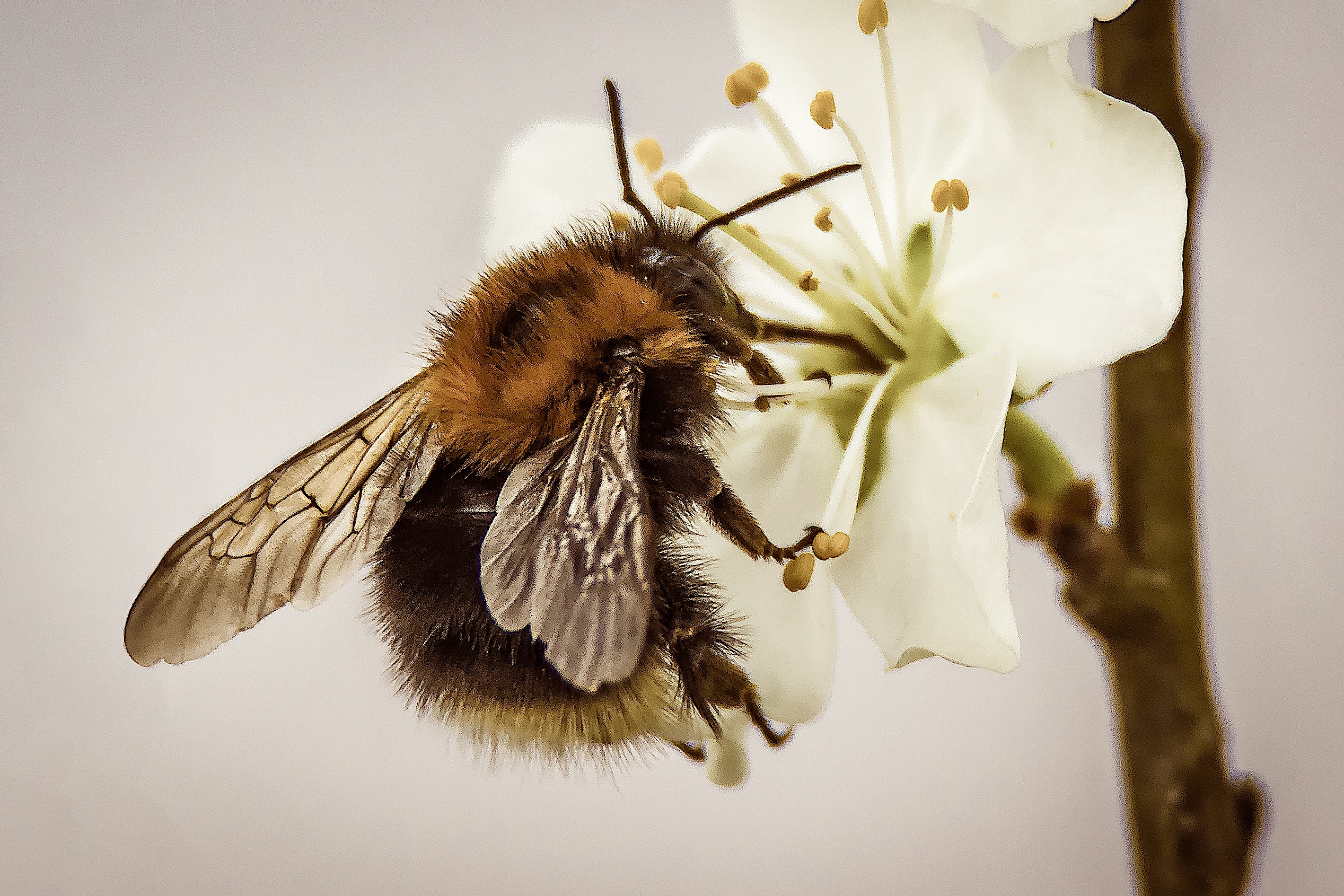
There is a lot of discussion about why natives are important to plant in garden and landscape design. In addition to being climate-adapted and tending to require less water, native plants are essential for wildlife and pollinators. “Native plants and insects have coexisted and evolved together over long periods of time and developed complex and often interdependent relationships,” Hoadley explains. “For this reason, native plants are well suited to supporting our local fauna both in the wild and in cultivation.”
Pollinators rely on plants for food and habitat. “Native plants provide food for larval insects, which in turn provide food for higher trophic levels, [such as] other insects, birds, amphibians and other reptiles”.
Many pollinators have evolved to rely on specific types of plants for survival. “Many important pollinators are specialists, meaning they depend on certain plant species to carry out their life cycle,” Phillips explains. “They recognize plants that are essential for survival by color, shape, scent and height.”
How to choose plants that support pollination
When deciding what to plant in your garden, consider plants that provide year-round food and habitat for butterflies and pollinators. “Choose plants that can provide nesting shelter during the season and over winter, such as perennials with succulent stems,” Dr. Baker explains. Leave the tree trunks standing until spring to provide important habitat for native bees that nest in the cavity, he adds.
Wondering what are some alternatives to butterfly bushes? “Native alternatives include Blazing Star, Lobelia, Button Bush and Mistflower,” says Phillips. Plant flowers that bloom at different times of the year to provide a constant food source. “Plant for all life cycles and seasons with native perennials like milkweed, asters, goldenrod and little bluestem,” she says. Not sure which plants are native to your area? Check out GardenForWildlife.
If you live in the Eastern United States, you can grow a variety of plants instead. “There are so many wonderful plants native to the Eastern Temperate Forest that attract butterflies,” Hoadley explains. “Some great perennials include Phlox Panculata ‘Jeana’ (Jeana Garden phlox), which has seen strong butterfly activity in the Mt. Cuba, Monardaistulosa ‘Claire Grace’ (wild Claire Grace bergamot) and Asclepias incarnata (swamp milkweed), which serve as host plants for monarch caterpillars.”
